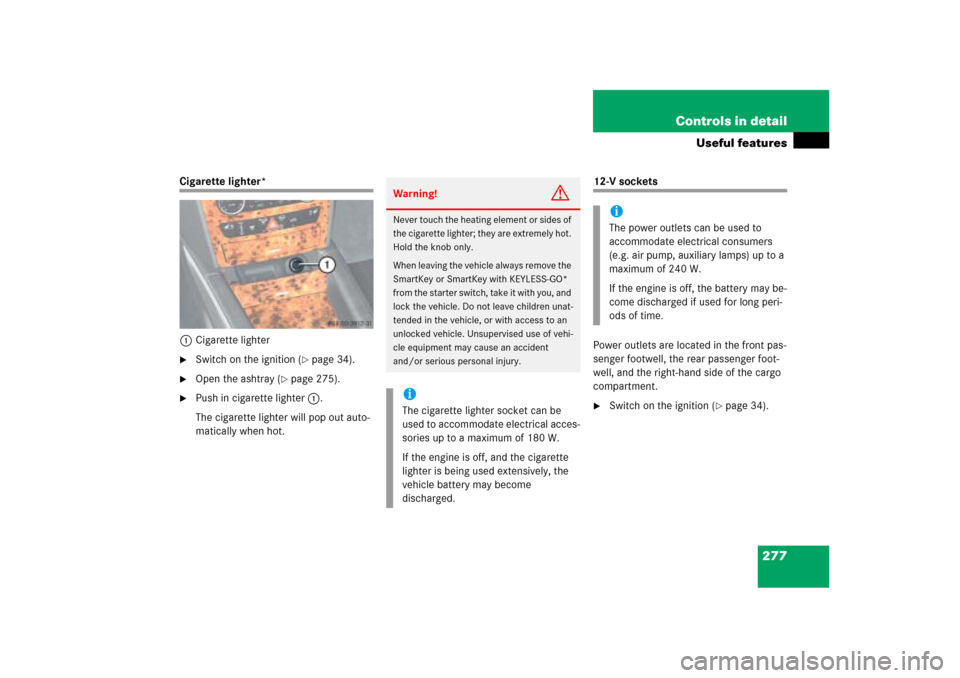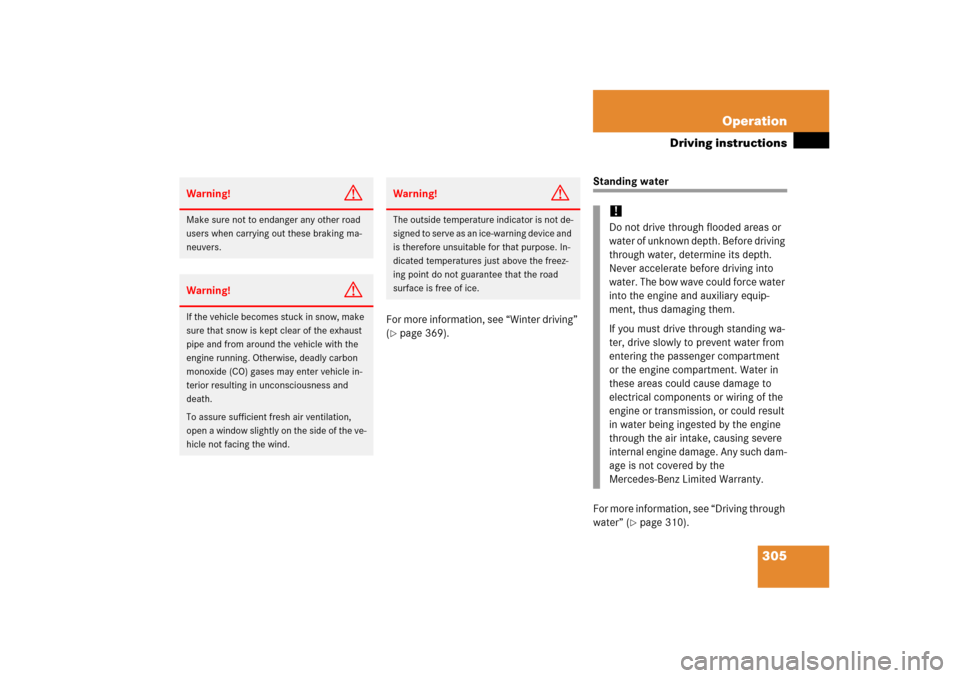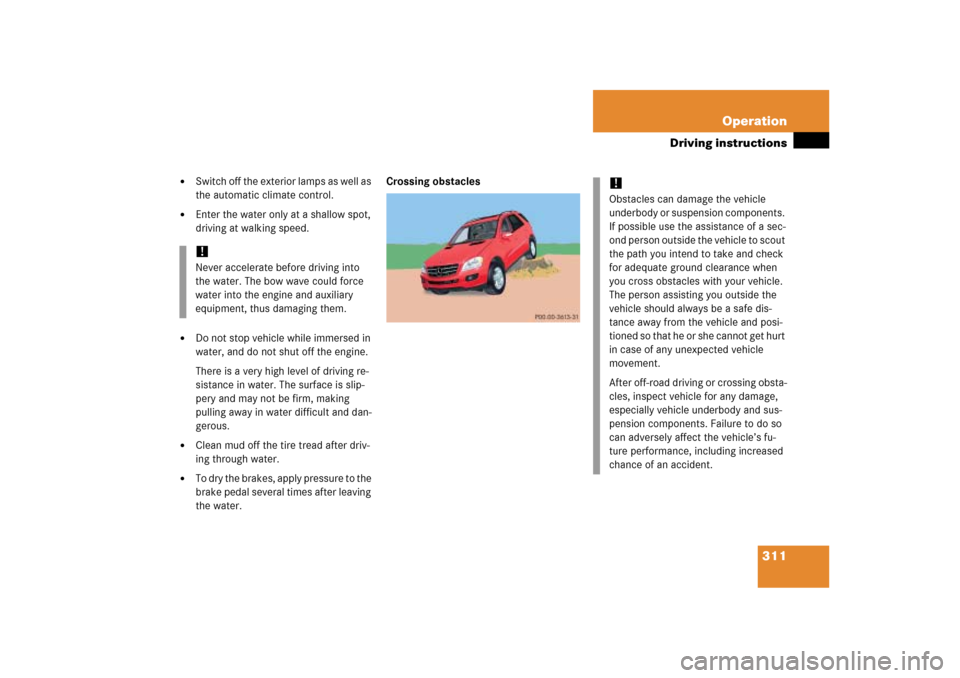Page 278 of 539

277 Controls in detail
Useful features
Cigarette lighter*
1Cigarette lighter�
Switch on the ignition (
�page 34).
�
Open the ashtray (
�page 275).
�
Push in cigarette lighter1.
The cigarette lighter will pop out auto-
matically when hot.
12-V sockets
Power outlets are located in the front pas-
senger footwell, the rear passenger foot-
well, and the right-hand side of the cargo
compartment.�
Switch on the ignition (
�page 34).
Warning!
G
Never touch the heating element or sides of
the cigarette lighter; they are extremely hot.
Hold the knob only.
When leaving the vehicle always remove the
SmartKey or SmartKey with KEYLESS-GO*
from the starter switch, take it with you, and
lock the vehicle. Do not leave children unat-
tended in the vehicle, or with access to an
unlocked vehicle. Unsupervised use of vehi-
cle equipment may cause an accident
and/or serious personal injury.iThe cigarette lighter socket can be
used to accommodate electrical acces-
sories up to a maximum of 180 W.
If the engine is off, and the cigarette
lighter is being used extensively, the
vehicle battery may become
discharged.
iThe power outlets can be used to
accommodate electrical consumers
(e.g. air pump, auxiliary lamps) up to a
maximum of 240 W.
If the engine is off, the battery may be-
come discharged if used for long peri-
ods of time.
Page 306 of 539

305 Operation
Driving instructions
For more information, see “Winter driving”
(�page 369).
Standing water
For more information, see “Driving through
water” (
�page 310).
Warning!
G
Make sure not to endanger any other road
users when carrying out these braking ma-
neuvers.Warning!
G
If the vehicle becomes stuck in snow, make
sure that snow is kept clear of the exhaust
pipe and from around the vehicle with the
engine running. Otherwise, deadly carbon
monoxide (CO) gases may enter vehicle in-
terior resulting in unconsciousness and
death.
To assure sufficient fresh air ventilation,
open a window slightly on the side of the ve-
hicle not facing the wind.
Warning!
G
The outside temperature indicator is not de-
s i g n e d t o s e r v e a s a n i c e - w a r n i n g d e v i c e a n d
is therefore unsuitable for that purpose. In-
dicated temperatures just above the freez-
ing point do not guarantee that the road
surface is free of ice.
!Do not drive through flooded areas or
water of unknown depth. Before driving
through water, determine its depth.
Never accelerate before driving into
water. The bow wave could force water
into the engine and auxiliary equip-
ment, thus damaging them.
If you must drive through standing wa-
ter, drive slowly to prevent water from
entering the passenger compartment
or the engine compartment. Water in
these areas could cause damage to
electrical components or wiring of the
engine or transmission, or could result
in water being ingested by the engine
through the air intake, causing severe
internal engine damage. Any such dam-
age is not covered by the
Mercedes-Benz Limited Warranty.
Page 312 of 539

311 Operation
Driving instructions
�
Switch off the exterior lamps as well as
the automatic climate control.
�
Enter the water only at a shallow spot,
driving at walking speed.
�
Do not stop vehicle while immersed in
water, and do not shut off the engine.
There is a very high level of driving re-
sistance in water. The surface is slip-
pery and may not be firm, making
pulling away in water difficult and dan-
gerous.
�
Clean mud off the tire tread after driv-
ing through water.
�
To dry the brakes, apply pressure to the
brake pedal several times after leaving
the water.Crossing obstacles!Never accelerate before driving into
the water. The bow wave could force
water into the engine and auxiliary
equipment, thus damaging them.
!Obstacles can damage the vehicle
underbody or suspension components.
If possible use the assistance of a sec-
ond person outside the vehicle to scout
the path you intend to take and check
for adequate ground clearance when
you cross obstacles with your vehicle.
The person assisting you outside the
vehicle should always be a safe dis-
tance away from the vehicle and posi-
tioned so that he or she cannot get hurt
in case of any unexpected vehicle
movement.
After off-road driving or crossing obsta-
cles, inspect vehicle for any damage,
especially vehicle underbody and sus-
pension components. Failure to do so
can adversely affect the vehicle’s fu-
ture performance, including increased
chance of an accident.